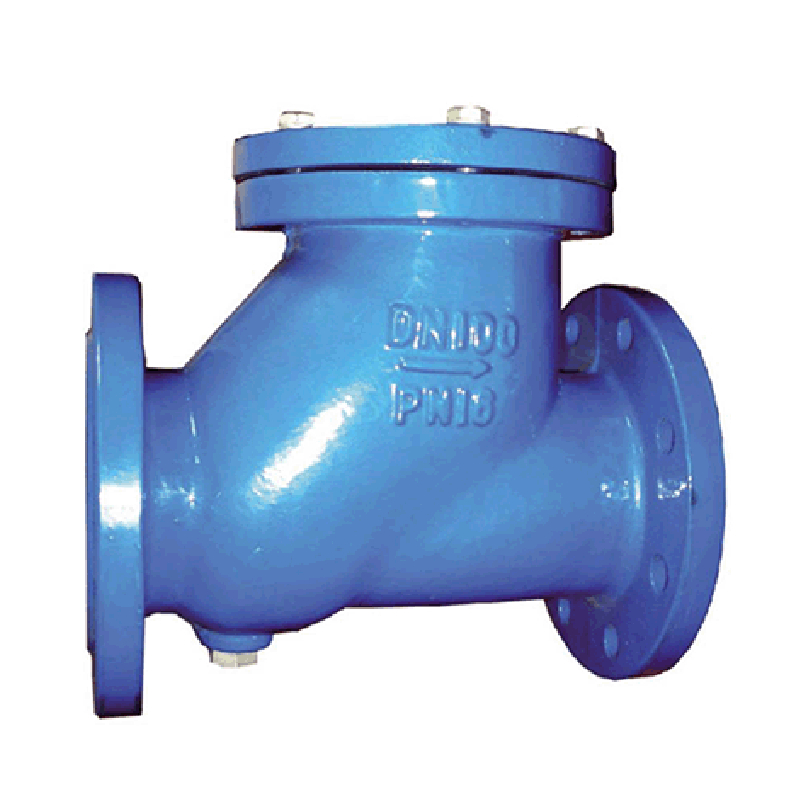Nov . 30, 2024 18:16 Back to list
Understanding Low Pressure Check Valves and Their Applications in Fluid Systems
Understanding Low Pressure Check Valves
Low pressure check valves play a crucial role in various fluid systems, ensuring smooth operation while preventing backflow and maintaining system integrity. These valves are designed specifically for low-pressure applications and provide a simple yet effective solution to manage fluid dynamics within a system.
What is a Check Valve?
A check valve is a type of valve that allows fluid to flow in one direction only. The primary purpose of a check valve is to prevent backflow, which can cause serious system malfunctions, including contamination, flooding, and pressure imbalances. In low pressure systems, where fluids are often less viscous and more prone to backflow, check valves are indispensable.
Low Pressure Applications
Low pressure check valves are commonly used in various applications, including water treatment, HVAC systems, and irrigation systems. In these settings, the pressure levels are generally lower than in industrial applications, making it essential to use check valves specifically designed for lower pressure conditions. These valves ensure that water or other fluids do not flow backward, which can be crucial for the efficiency and safety of the entire system.
Types of Low Pressure Check Valves
There are several types of low pressure check valves, each suited to different applications and fluid characteristics. Some common types include
1. Swing Check Valves These valves use a hinged disc that swings open to allow flow and then closes under the influence of backpressure. They are widely used in horizontal applications.
low pressure check valve

2. Spring-Loaded Check Valves These valves utilize a spring mechanism to ensure that the valve closes tightly, providing a more reliable solution in low pressure settings. The spring can help achieve a quicker closure, reducing the risk of backflow.
3. Lift Check Valves These valves have a disc or ball that lifts off its seat to allow flow and falls back into place to prevent backflow. They are often used in vertical applications.
Importance of Material Selection
The material of the check valve is another vital aspect in low pressure applications. Common materials include PVC, brass, stainless steel, and various elastomers. The choice of material depends on the fluid being handled, the temperature, and any potential corrosive elements present. Using the right material ensures durability, longevity, and minimal maintenance costs.
Installation and Maintenance
Proper installation is key to ensuring the effective operation of low pressure check valves. They should be placed in the correct orientation, typically with the flow direction indicated by arrows on the valve body. Regular maintenance checks, including inspections for wear and tear, are essential to prevent failures. Lubrication of the moving parts and testing for leaks can prolong the life of the valve and maintain system efficiency.
Conclusion
Low pressure check valves are fundamental components in various fluid systems, providing the necessary functionality to prevent backflow and maintain fluid flow direction. Their design, material selection, and correct installation play significant roles in the overall efficiency and reliability of low-pressure applications. By understanding and implementing these elements, industries can improve their system performance, reduce downtime, and ensure a safe and effective operation. Whether in residential settings or more extensive industrial systems, low pressure check valves are a small but mighty component that shouldn't be overlooked.
Share
-
Reliable Wafer Type Butterfly Valves for Every IndustryNewsJul.25,2025
-
Reliable Flow Control Begins with the Right Ball Check ValveNewsJul.25,2025
-
Precision Flow Control Starts with Quality ValvesNewsJul.25,2025
-
Industrial Flow Control ReliabilityNewsJul.25,2025
-
Engineered for Efficiency Gate Valves That Power Industrial PerformanceNewsJul.25,2025
-
Empowering Infrastructure Through Quality ManufacturingNewsJul.25,2025